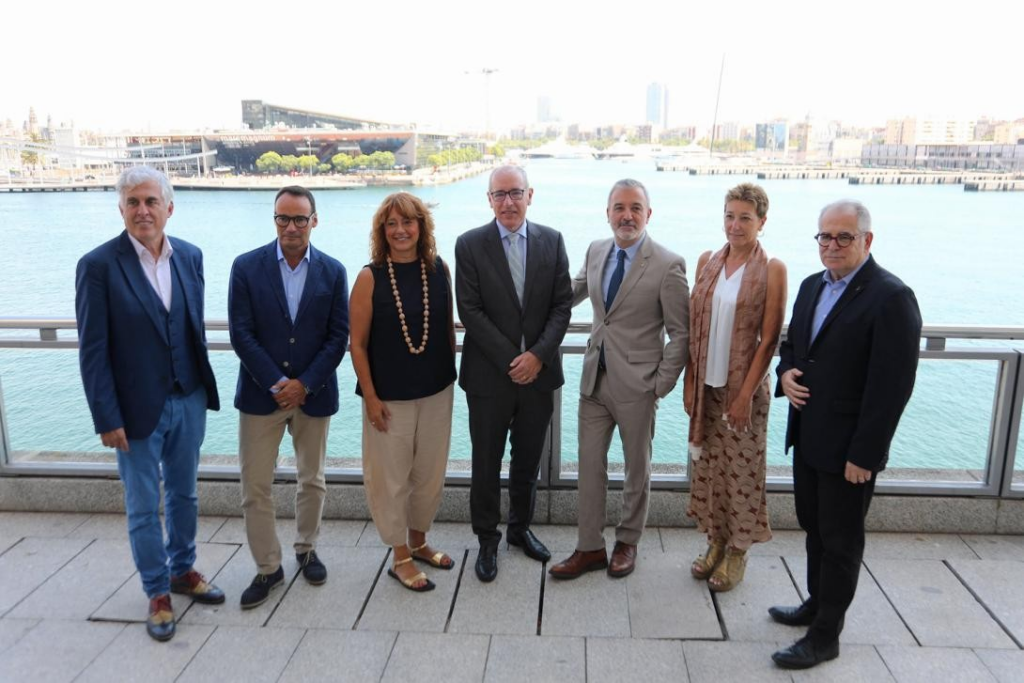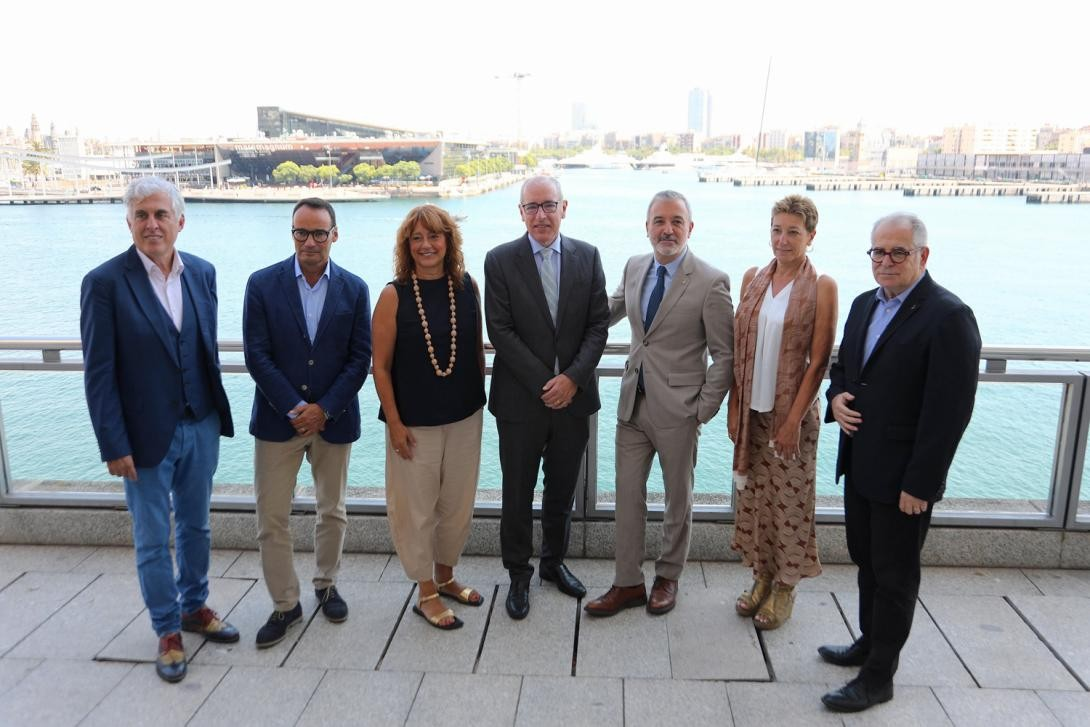
Barcelona begins a new era in cruise tourism management with sweeping changes aimed at limiting the number of cruise terminals at the Port of Barcelona, improving sustainability, and enhancing passenger mobility.
Barcelona City Council and the Port of Barcelona have signed a new agreement to reorganise cruise activity and render it more sustainable. The number of cruise terminals on Adossat wharf is to be cut from seven to five, with the oldest three being demolished and a new one built.
Specifically, the central plank of the new agreement involves reducing the number of cruise terminals from seven to five by demolishing current terminals A, B and C, and building a new terminal on the site of terminal C. The resulting terminal will be public, in other words it will be open to general use with capacity to serve 7,000 passengers at any given time.
In addition, there will be a comprehensive overhaul of a 610-metre-long section of wharf, corresponding to current terminals A and B, to which end the Port of Barcelona will invest €50m.
This transformation will configure the Adossat wharf with five cruise terminals: four are privately owned (current terminals D, E, G and H) and one will be public (the new terminal C).
The new terminal will prioritise home port cruises and small vessels.
The agreement also launches a €90m expansion of the Porta d’Europa bridge to improve mobility on the Adossat wharf and its secure connection, incorporating cycle and pedestrian paths.
In addition, the deal includes building an urban corridor along the Montjuïc coastline for public transport, taxis, minicabs, bikes and pedestrians, which will connect Plaça de les Drassanes with the Marina del Prat Vermell and the Zona Franca.
This strategic infrastructure will help to connect the residents on both sides of Montjuïc mountain and will help to channel the flow of passengers travelling south with minimal impact on the adjacent urban infrastructure. The investment planned is around €10m.
These actions will involve a public-private investment in the Port of Barcelona of €185m, in addition to the €265m of public-private investment already undertaken through the raft of actions rolled out under the previous agreement signed between the City Council and the Port in 2018 to reorganise cruise activity.
José Alberto Carbonell, president of the Port of Barcelona, explained that “This new phase includes the demolition of three old terminals and the construction of a new state-of-the-art terminal; the rehabilitation of the wharf and the incorporation of OPS electrification systems, as well as improvements to access and mobility through the expansion of the Porta d’Europa bridge.”
Timetable for Undertaking the Actions
2026: Closure of the Barcelona South wharf terminal at the end of the year. Demolition of the current terminal C (Adossat wharf) at the end of the year.
2027: Start of construction of a new public terminal on Adossat wharf to serve ships simultaneously with a maximum total capacity of 7,000 passengers. Study to evaluate the mobility generated by cruise ships on Adossat wharf. Opening Terminal G (Adossat wharf), currently under construction and part of the implementation of the 2018 agreements. Start of the work to double the Porta d’Europe bridge.
2028: Entry into operation of the new Terminal C. Demolition of terminals A and B in the second half of the year. Start of the comprehensive overhaul of the section of the Adossat wharf where terminals A and B are currently located and installation of the OPS system for the electrical connection of ships.
2029: Entry into service of the urban corridor that will connect Plaça de les Drassanes with the Marina del Prat Vermell and the Zona Franca.
2030: Terminal C fully operational with a maximum capacity of 7,000 passengers.



